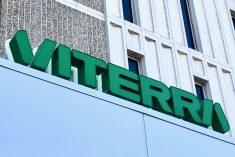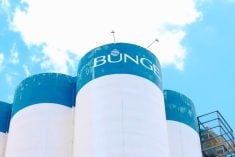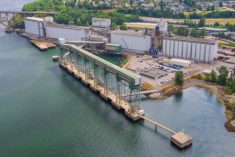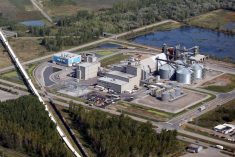“Average” crops and lower prices on the Prairies in the first half of 2016 led to results “substantially below” those in the year-earlier period for Viterra’s Canadian operations.
Viterra’s owner, Swiss commodity mining/marketing firm Glencore, on Wednesday reported a nine per cent drop in revenues across its global agricultural products business, from $10.74 billion in the first half of 2015, to $9.73 billion in the half ending June 30 (all figures US$).
The agricultural arm’s adjusted earnings before interest, taxes, depreciation and amortization (EBITDA) for the first half came in at $154 million, down from $261 million in the year-earlier period.
Read Also
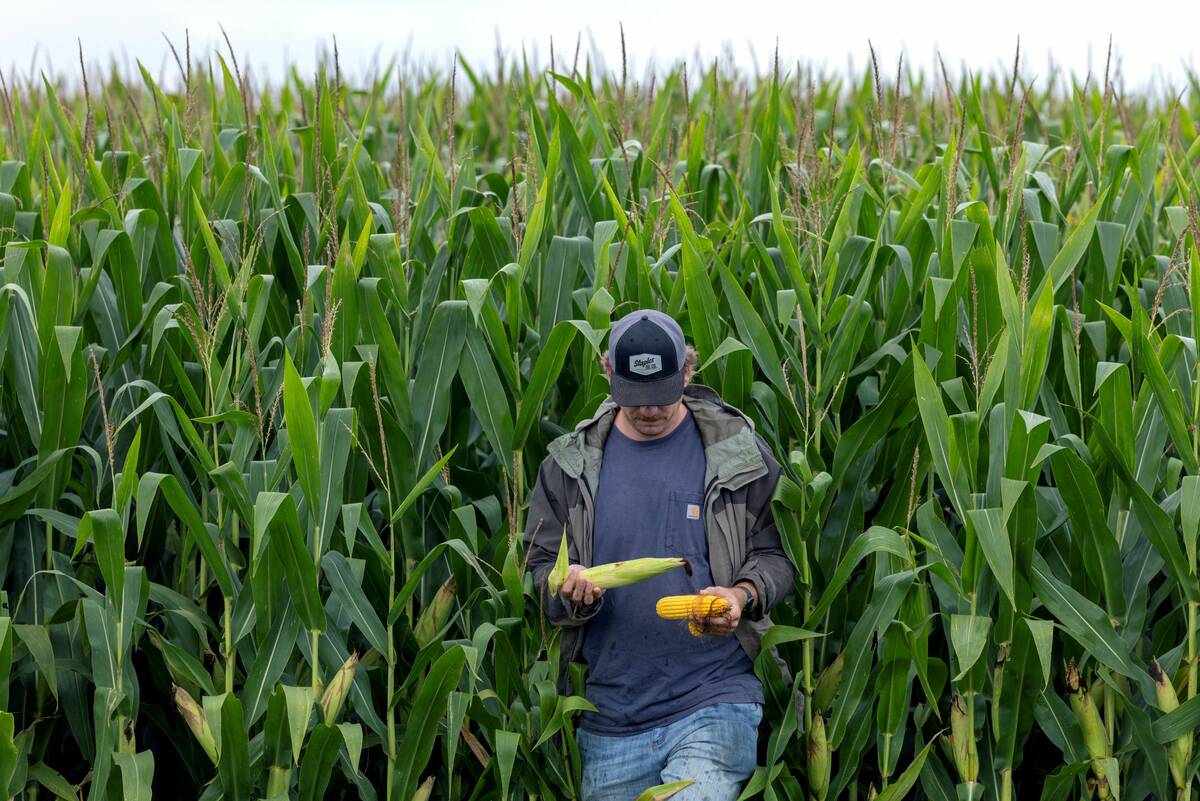
The U.S. corn crop could be the biggest ever. That’s terrible news for America’s farmers.
The USDA predicts a record corn crop for U.S. farmers, who question the agency’s accuracy amidst high debt and low crop prices.
“The smaller stock carry-over, average crop size and lower prices meant that farmers were often reluctant sellers,” Glencore said of Viterra Canada’s results in its H1 report.
“Combined with strong competition amongst the handling industry and continued weakness in the Canadian dollar, this led to reduced U.S. dollar procurement margins, particularly for wheat.”
Other “negatives” weighing on Regina-based Viterra’s Canadian results included “quality issues” in durum wheat, China’s “objections” to levels of Canadian canola imports, “disruption” in pulse crop shipments to India and higher domestic rail freight rates, the company said.
Viterra’s Australian business, meanwhile, was “negatively impacted” by a smaller South Australian crop, a weaker Australian dollar and a “slower export pace,” as Australia’s wheat “lacked world market competitiveness,” Glencore said.
That said, crops in both Canada and Australia are “currently progressing well and, if above-average crops materialize, this would be helpful for H2 2016 results.”
Across its global ag business, Glencore said its grain and oilseed marketing “performed satisfactorily, given the generally abundant crops, the low-priced environment and, in the case of grain, a lack of volatility.”
Procurement margins, Glencore said, were “consistently narrow,” with “limited” arbitrage opportunities. With lower global prices, despite “strong” regional exports, port throughput rates declined in the former Soviet Union, “which impacted our business in this region.”
Glencore’s agricultural processing and production, meanwhile, saw a 43 per cent increase from H1 2015 levels, mainly due to its added crush capacity.
The added capacity comes from its 50 per cent stake in the former Pacific Coast Canola plant at Warden, Wash., bought in January from Winnipeg-based Legumex Walker, and from the former TRT-ETGO canola and soybean crush plant at Becancour, Que., which Glencore bought in late 2015.
Glencore, in a recent bid to dial back its debts, is in the midst of selling 49.99 per cent of its Glencore Agri business, with 40 per cent going to the Canada Pension Plan Investment Board (CPPIB) and 9.99 per cent to B.C. Investment Management Corp. (bcIMC), the investment firm for British Columbia’s public-sector pension funds.
“Since we announced our measures to reduce debt levels last September, we have made considerable progress towards achieving our goals,” Glencore CEO Ivan Glasenberg said in Wednesday’s release.
“We have already largely achieved our asset disposals target of ($4 billion to $5 billion) with a diverse and material pool of asset sales’ processes also ongoing… We remain confident and focused on achieving even lower than previously indicated net funding and net debt levels by the end of this year.”
The Glencore Agri stake sale, he said, “positions it for the industry’s inevitable consolidation in the years to come.”
In all, Glencore reported a first-half loss of $615 million on revenues of $69.425 billion, compared to an $817 million loss on $73.857 billion in the year-earlier period. Losses attributable to Glencore equity holders amounted to $369 million, compared to a $676 million loss in the first half of 2015. — AGCanada.com Network





